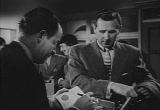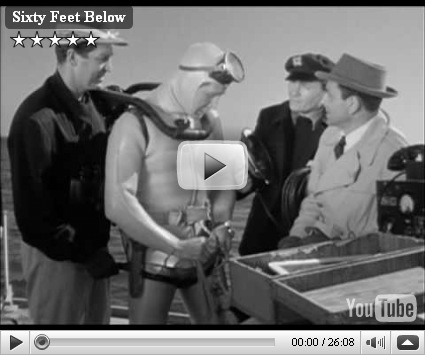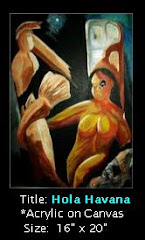(1951 Civil Defense Comic Book)
The other day, when doing research for my other blog on civil defense education materials from the 1950’s (a fascinating subject, one which I will probably cover here at some point) I came across an archive of 1950’s and 1960’s comic books, along with a special reader to view them on your computer.
Now . . . I remember giving up my comic collection quite vividly – at the age of 11 – because I had moved on to more `adult’ reading material (OK, I admit it . . . I’d discovered Harold Robbins).
I literally threw away hundreds of – what would be today – collectable comic books. Being relatively sophisticated for my age, I did keep all of my MAD Magazines.
Anyway, I digress . . .
I discovered in the Internet Archive comic books that I’d, quite frankly, forgotten about. Many of them based on popular TV shows of the day . . . mostly westerns.
It suddenly brought back a rush of nostalgia.
Here were comic books based on Wagon Train, Lawman, Colt .45, Rin Tin Tin, Zorro!, Laramie . . . . and many more.
The following images are screen captured (and reduced in size) from the CDisplay Image Display Program - version 1.8.1.0 by David Ayton.
Comic Books are usually archived in a .cbr or . cbz format, and require a special viewer. For windows, I can recommend the CDisplay program available at:
http://www.geocities.com/davidayton/CDisplay
The Mac OS X image viewer Xee also supports both Comic Book Archive formats, and there are other 3rd party programs such as FFView, Jomic, and ComicBookLover.
This comic book was released 50 years ago, in the summer of 1959. Gene Barry, assumes his famous pose on the cover, as the dandified Bat Masterson.
Richard Boone as Paladin, this time from 1958.
Other genres are available as well, with well over 300 comic books scanned and stored in the Internet Archive, with more being added every month.
Two searches on the Internet Archive will bring up most of the comic books they have. One on the .cbz format, and one on .cbr format.
There are other Internet sites with FREELY available comic books, including The Comic Books Archive, which has over 800 (mostly Dell) comics available.
Comic books are something I never considered when I started this blog, but they are a legitimate bit of Americana, a nostalgic reminder of the 1950’s, and (thankfully) many are in the public domain.
The artwork, stories, and characters are far superior to the glossy super hero comic books that would follow in the 1960’s.
Perhaps going back and revisiting your childhood isn’t tops on your list (but I’ll be a lot of you do), but these comics would be a terrific way to introduce your children or your grand-children to some of the culture we enjoyed so much in our youth.
For more than 40 years, I considered myself too old, and too sophisticated to read a comic book.
I'm glad I’m past that.

















